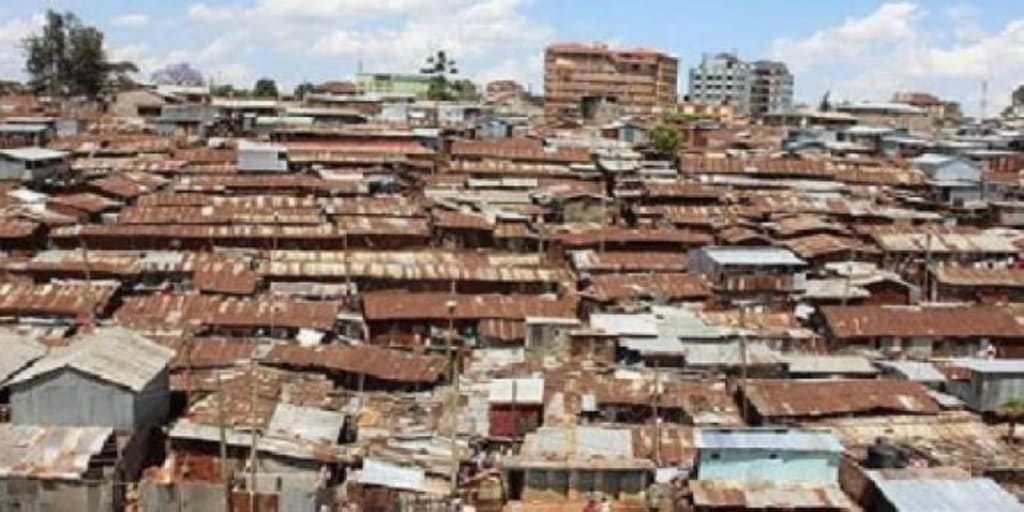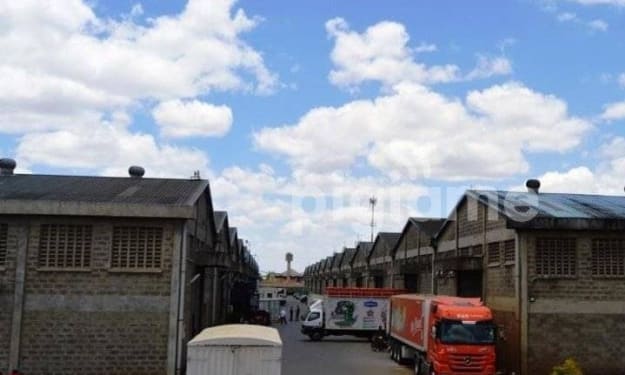
# LIVING IN MUKURU-KWA-NJENGA SLUM
****Mukuru kwa Njenga is one the biggest slum resident in Kenya. This slum is located Imara-Daima location, Embakasi South Constituency which is in Embakasi Division in Nairobi City County. It's growth in population is cultivated by the presence of Major Manufacturing Industrial.
MUKURU-KWA-NJENGA Lifestyle
Poverty is widespread in the slum areas as there are poorly structured houses with weak building materials, poor spacing (house of 3×4 m), and insufficient ventilation. Mostly the roofs are made of iron sheets or tins and walls of either mud, wood, or iron sheets, with very few cemented floors. Most floors are earthen and usually very damp.
The houses are usually congested with at least five people in many cases. The single rooms have various functions such as kitchen, sleeping room, dining, and bathrooms. This poses a great danger to health. The houses are usually congested, and every space of land utilized; recently, “flats” have emerged in the slums. There are neither roads, proper garbage collection equipment, nor solid waste disposal facilities. There is no drainage of storm water, therefore in rainy seasons some loosely structured houses are carried away by floods. Open channels are flooded with human waste. The slums have no access to urban sanitation services. Nairobi city council cleaning services do not cover the slums and as a result the residents dump solid waste in open drains or in small lanes within the slums. Liquid waste oozes from houses into the lanes, forming pools of dirty waste within the areas. Most of the Nairobi slums have a few pit latrines which serve a great population, while few slums have none; thus there is an eruption of “flying toilets.” A report on the urban environment sanitation project by UNDP-World bank on regional water sanitation in 1997 also indicated that about 150 people share one pit latrine and up to 54% households do not have bathing facilities. Most of the people defecate in plastic bags and then wrap and throw them like other solid wastes. This gives the slums an additional bad smell and predisposes the community to many diseases associated with poor hygiene.
Furthermore, electricity from the industries is not professionally extended, and due to its illegality, most are dug underground and sometimes exposed. Most people use kerosene, charcoal, or firewood for cooking, in the corner of the houses or outside. The majority eat food without remains, in case of remains often the food is poorly stored due to lack of storage facilities, exposing it to dust and flies. At available food vendors along the slum pathways, the food is prepared in unhygienic conditions.
The general education level in slums is low, with only 14% of the population finishing high school and 33% not going beyond primary school. Only 2% have post-high school education (USAID, 1993). The schools in slums are inadequate for the large population of children, and some schools have as many as 1500 children with an average class size of 50–60 pupils. Unfortunately, a majority of schools in slums are begun as a business venture and do not truly meet their function as learning institutions—in most cases teachers are themselves not trained. Many children do not go to school, and they are seen wandering around and sniffing glue. Many of the cities’ street children live in the slums, returning home in the evenings.
There are large populations of young people in slums, seeking employment or merely surviving in other ways. Crime is prevalent, there are many places of entertainment and liquor consumption (especially local brews), and commercial sex workers are on the increase. The women who engage in this trade are among the poorest, and have hardly any resources for their healthcare; the children they produce often end up in the streets and eventually become commercial sex workers themselves (AMREF, 1996). Chiefs and administration police carry out the local administration mostly in various slums.
We have only one public government or municipal health facilities in slums Mukuru Hearth Centre. In and around the slums are the following medical institutions: one national hospital, one governmental dispensary, several private clinics, and one missions’ hospital.
The residents here offers cheap labor to most of the companies which mostly requires casual laborer's. These casual labourers are not paid well and they don't have a well stipulated terms of Job. Most of the companies evade employing them on permanent bases so that no one can legally sue them on retirement benefits. In most cases, one works for three weeks and then one week of the month they are out of work.
This formula applied by most of the companies greatly impacts negativity on these employees' personal development, the wages they get for working for three weeks they use all of it on the week they are free
About the Creator
Francis Katiku
A very hardworking enthusiastic, result oriented man, always taking opportunity on any life challenge as a chance to use ICT as the Key in the solving the issues. Always ready to ensure equitable access to any ICT Innovation information.






Comments (2)
A rehabilitation center will greatly help thanks
It’s very sad when people feel hopeless and have no choices . It would be nice if someone in their community would be a good leader . Someone to help with growing vegetables , asked a non profit agency to build well for irrigation and clean water. Sometimes it takes someone to ask the right people for help. Sometimes people don’t want help. I don’t know the specifics case in Kenya but I notice other third world countries created small neighborhoods governments to met the needs of the community. I hope this information help.